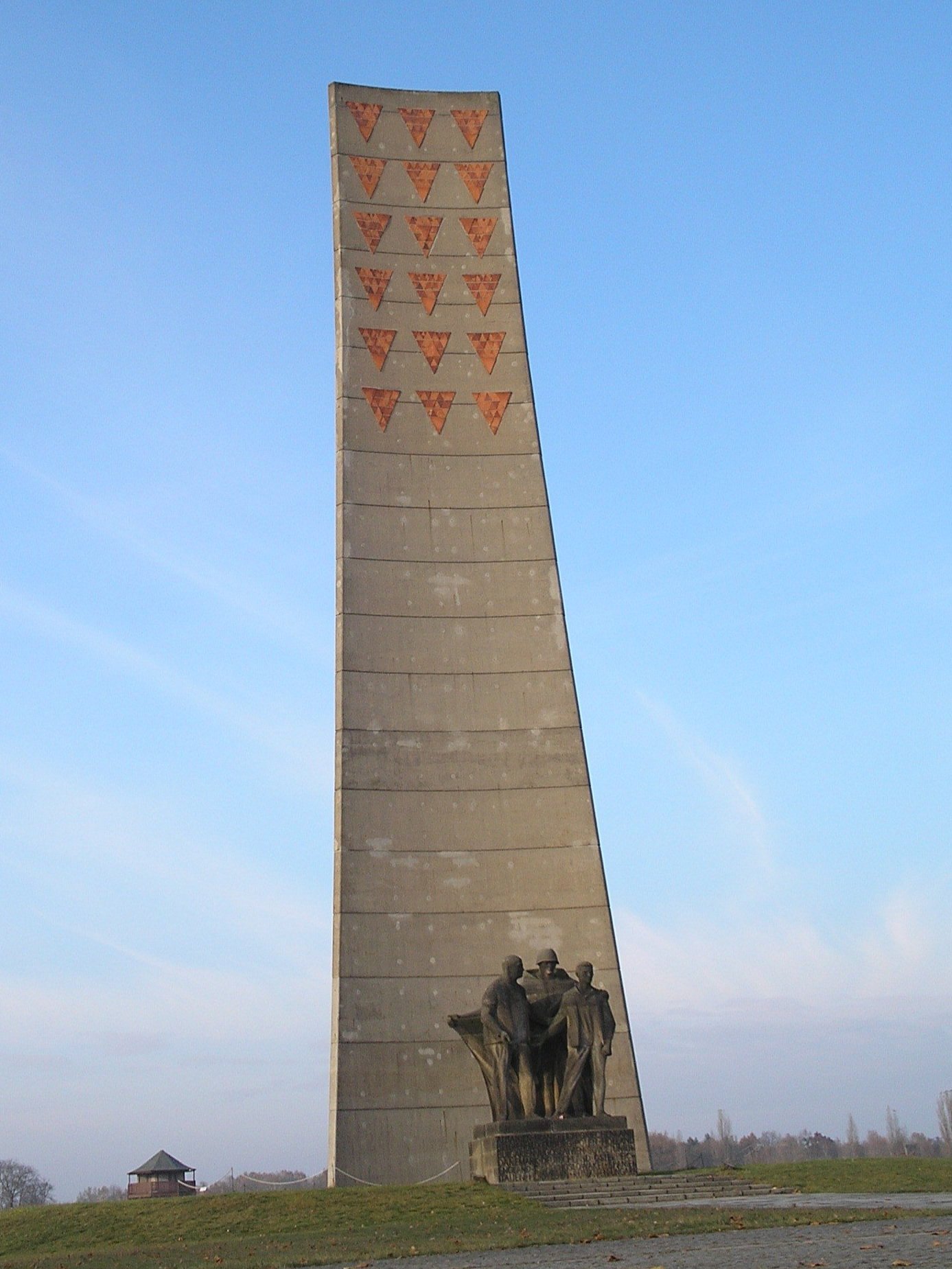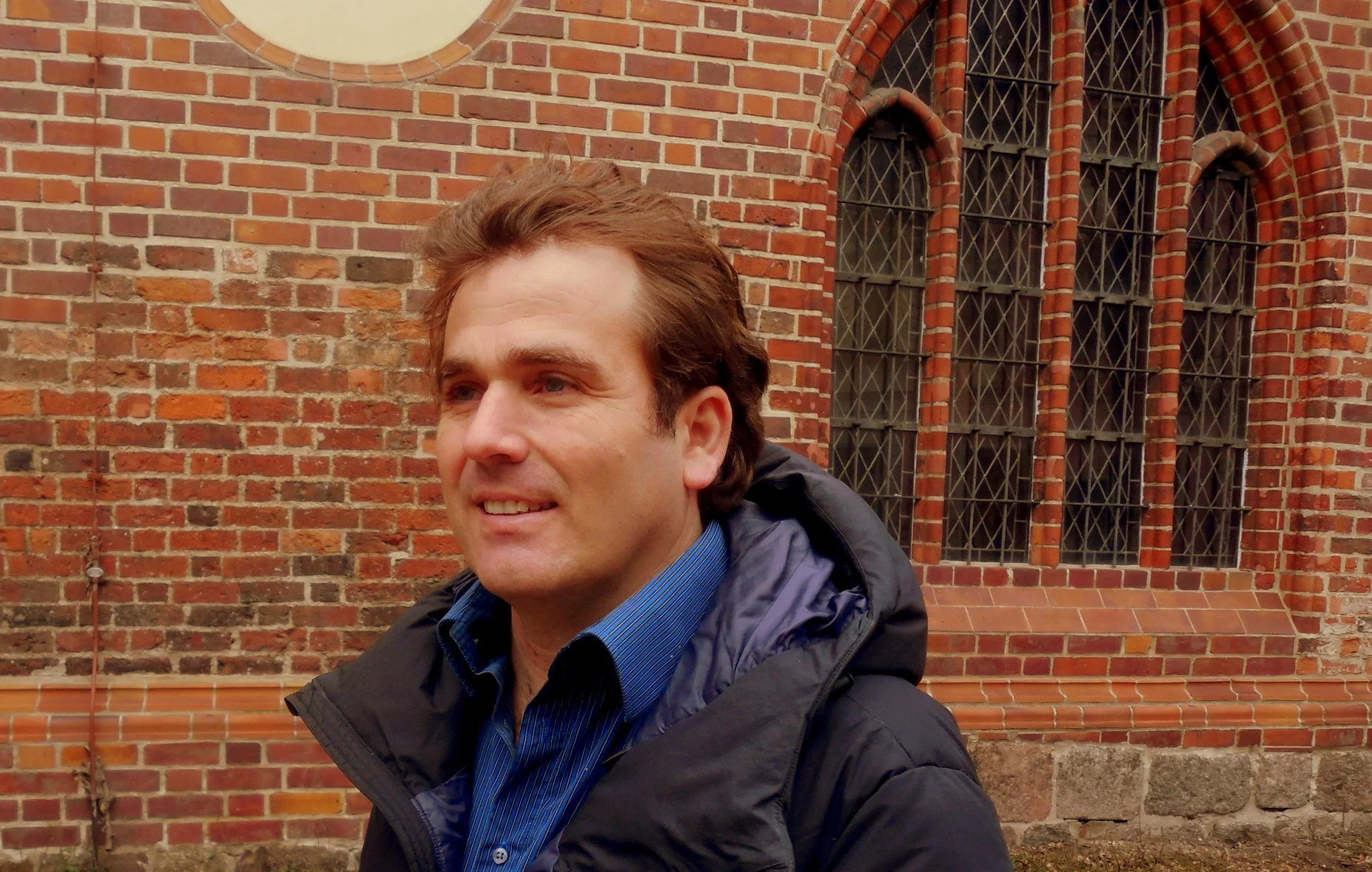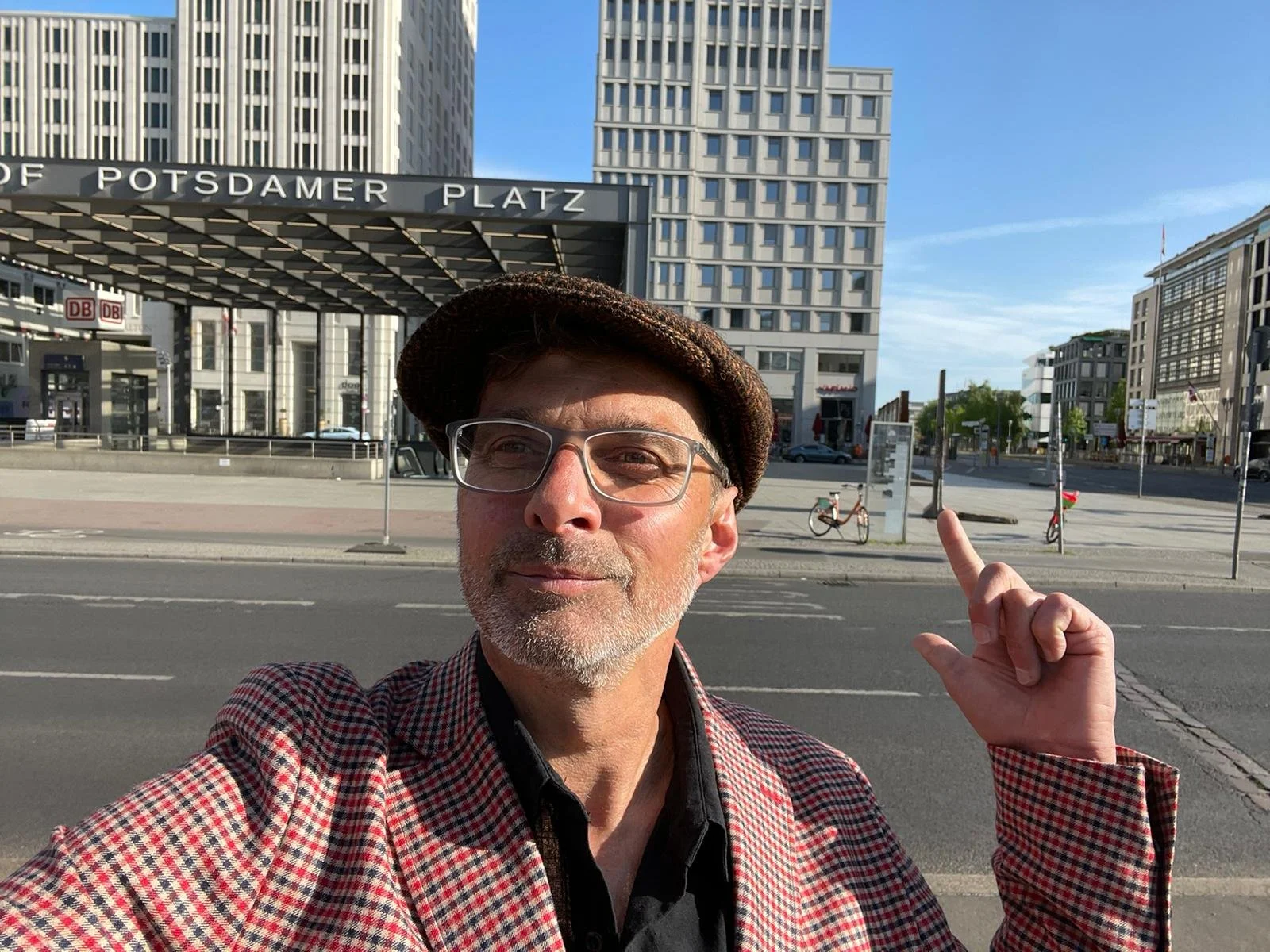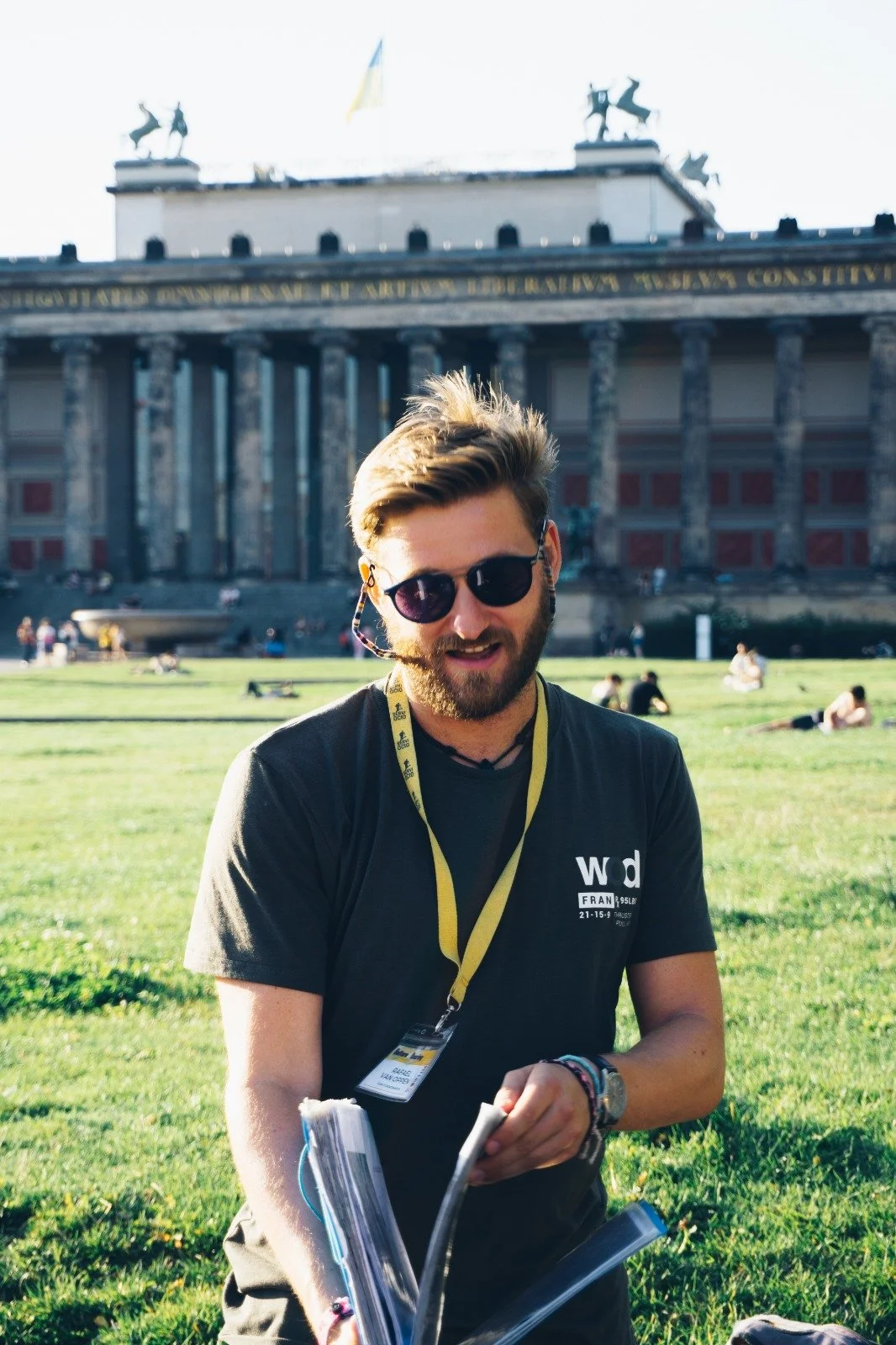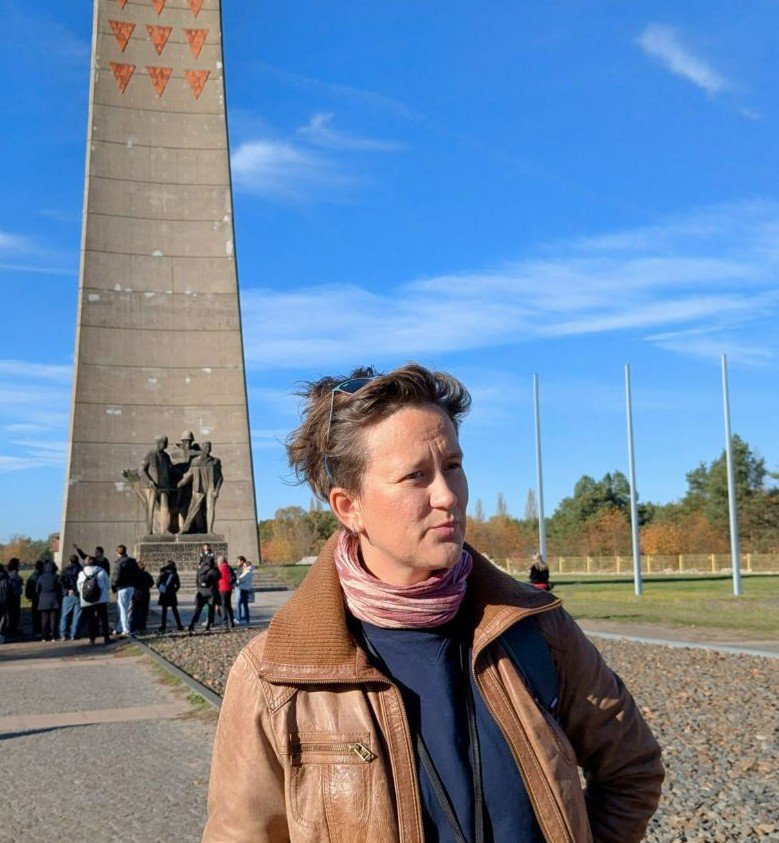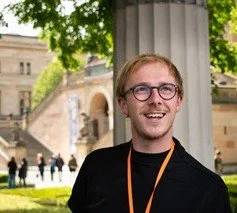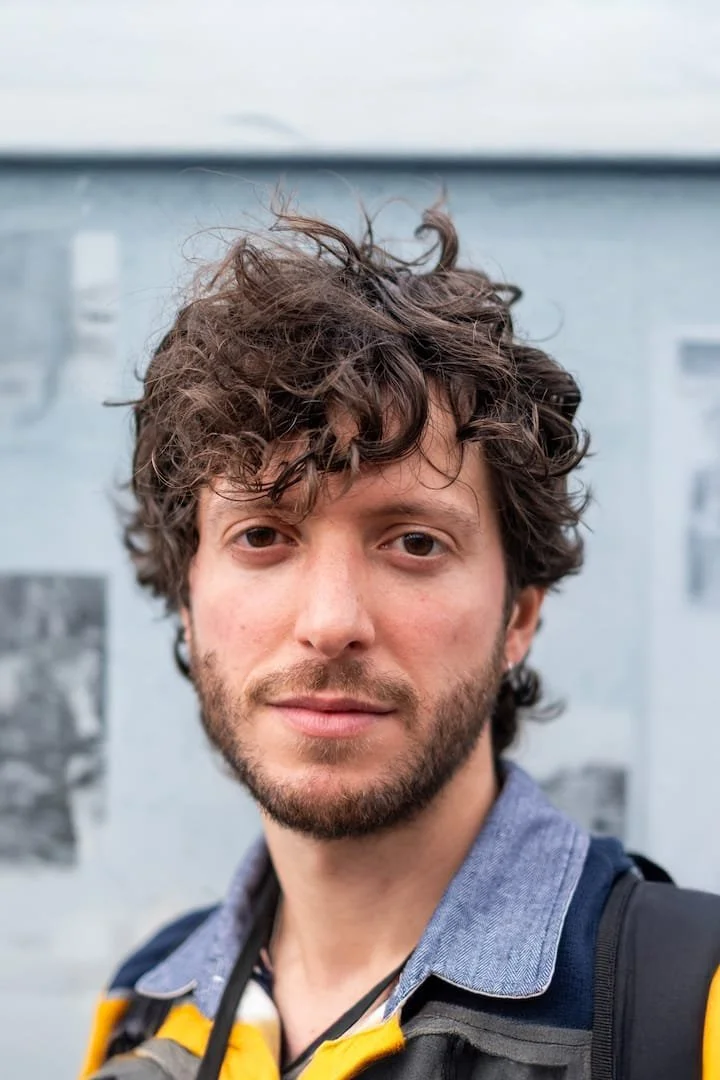
Sachsenhausen Concentration Camp Tour from Berlin
Sachsenhausen
Only 35km north of Berlin, the Sachsenhausen Concentration Camp Memorial is one of the most sobering day trips you can take from the city. Constructed as preparations for the 1936 Summer Olympics were taking place in nearby Berlin, Sachsenhausen was more than a mere ‘protective-custody’ camp to hold political opponents, it would also serve as a training ground for members of the SS and slave labor facility providing workers for the numerous factories and operations that surrounded it. Conspicuous for its distinct triangle-shaped design, the Sachsenhausen memorial offers a window into the realities of life and death within the Nazi system. Beyond the routine brutality and human suffering, the site is also replete with tales hidden to the casual visitor, including the organization of one of the largest currency counterfeiting operations ever recorded.
Following the end of WWII, the camp was used by the Soviet authorities to house political opponents, Nazi functionaries and German POWs. Transformed into a national memorial in 1961 by the East German government, it is now a place of remembrance and quiet contemplation, with the remaining buildings and grounds now open to the public.
Tour
Highlights
-
Tower A served not only as the entrance to the camp but the central point of control – a watchtower – and a symbol of the guards dominance over the prisoners. Notable for the infamous “Arbeit Macht Frei” lettering visible on the gate.
-
The central area in the camp, a large semi-circle positioned directly in front of Tower A. Where prisoners would be expected to gather in the mornings and evenings for roll call and to witness executions.
-
The ‘final station’ in the camp, Station Z housed the camp crematorium, a neck-shot execution facility and eventually a gas chamber.
-
Prisoners were sometimes treated in the camp infirmiary but only with minimal medical care, with the aim of stopping the spread of infectious diseases or epidemics. The two buildings RI and RII were also sites of grotesque medical experiments and pseudo-scientific racial research.
-
This three-wing block of cells held those punished by the SS for infringements of camp discipline as well as prominent figures arrested by the Gestapo.
-
Between 1945 and 1950, the Soviet secret services held a total of around 60,000 people in the former Nazi camp. At least 12,000 of these inmates did not survive captivity.
-
The former administrative headquarters of the entire concentration camp system stands only a few hundred metres away from the Sachsenhausen Camp Memorial site. From here the everyday running of the camp system, conditions of imprisonment and the implementation of Nazi racial policy was planned.


